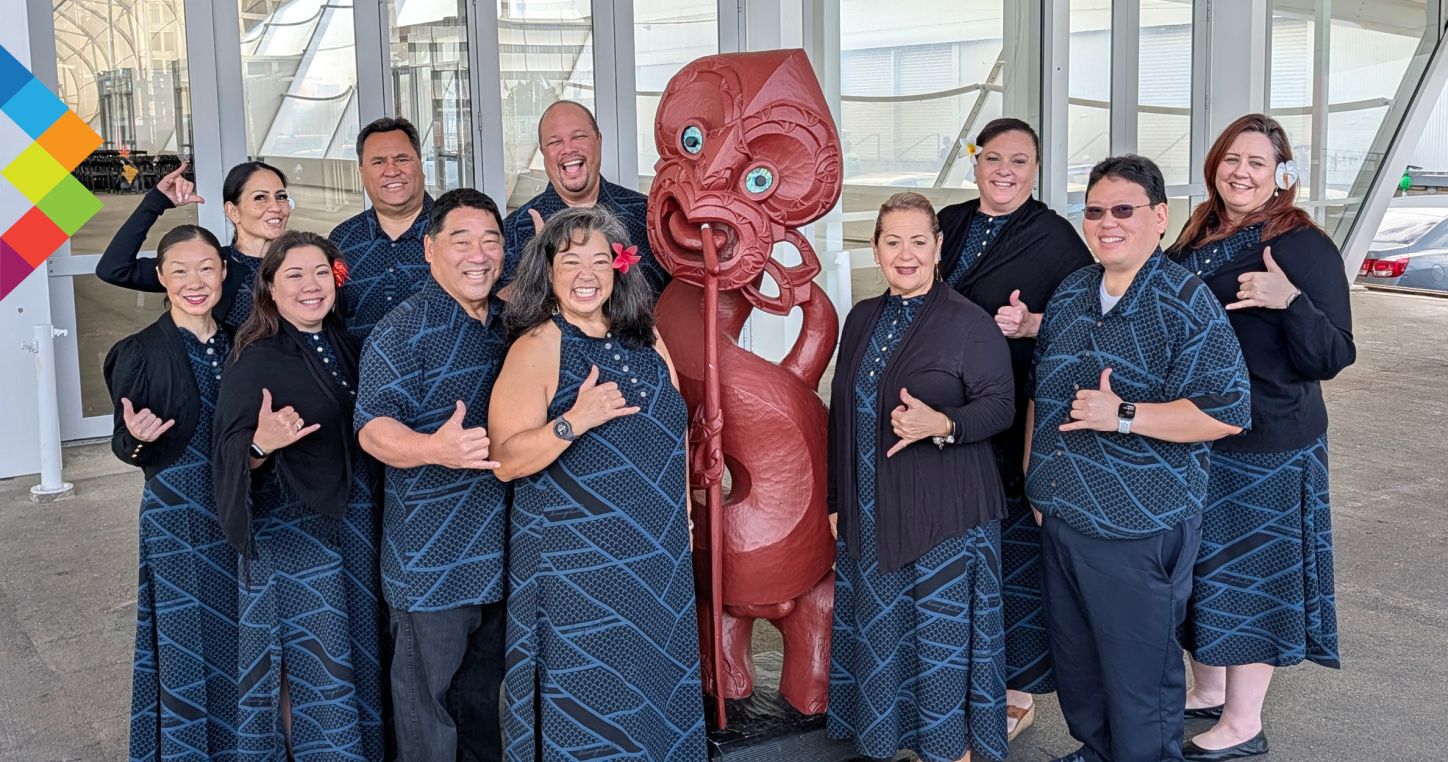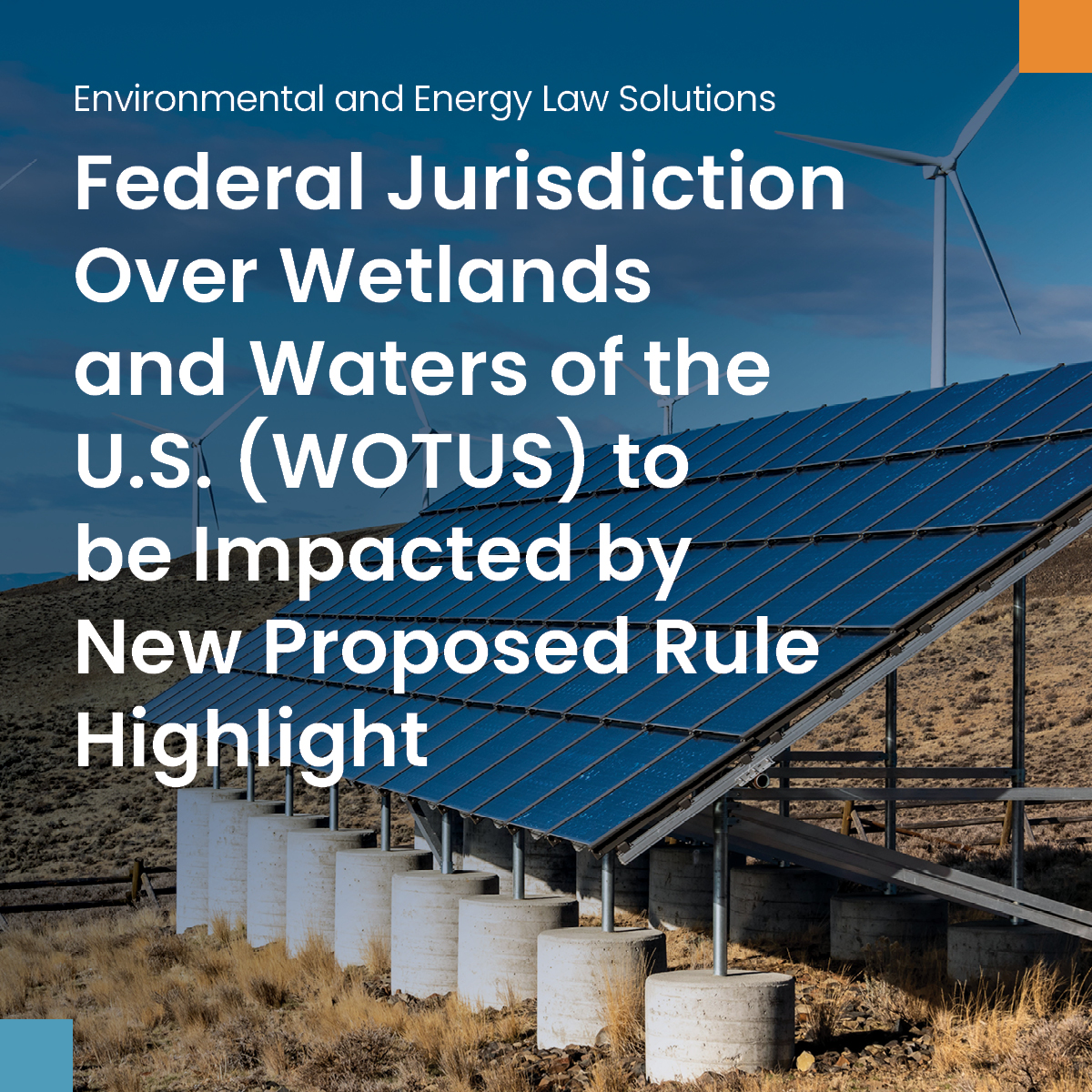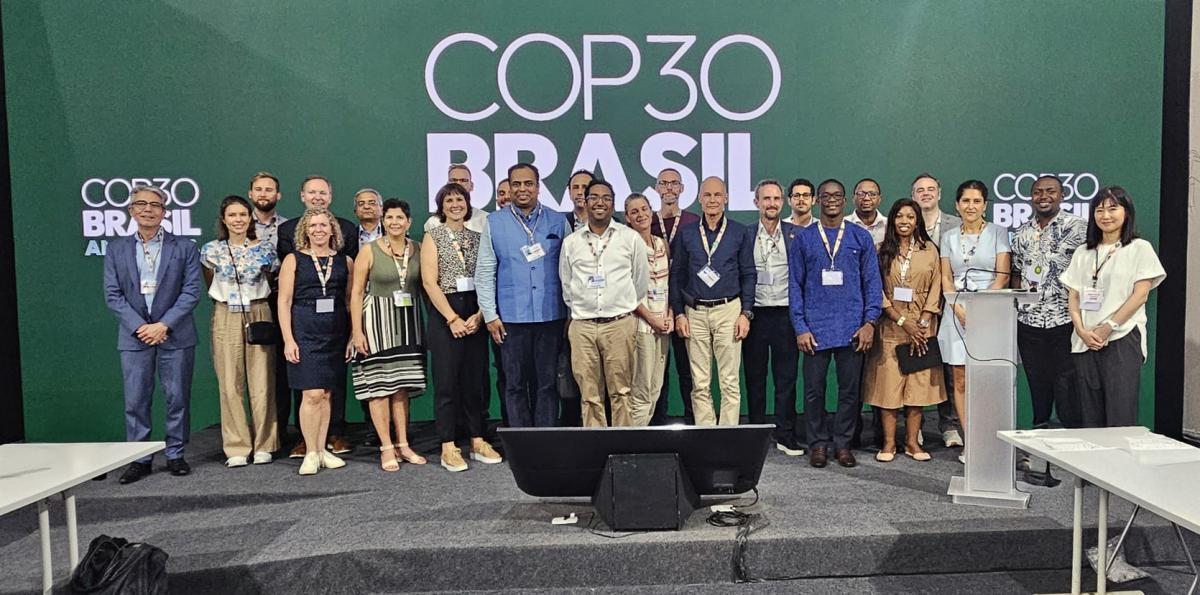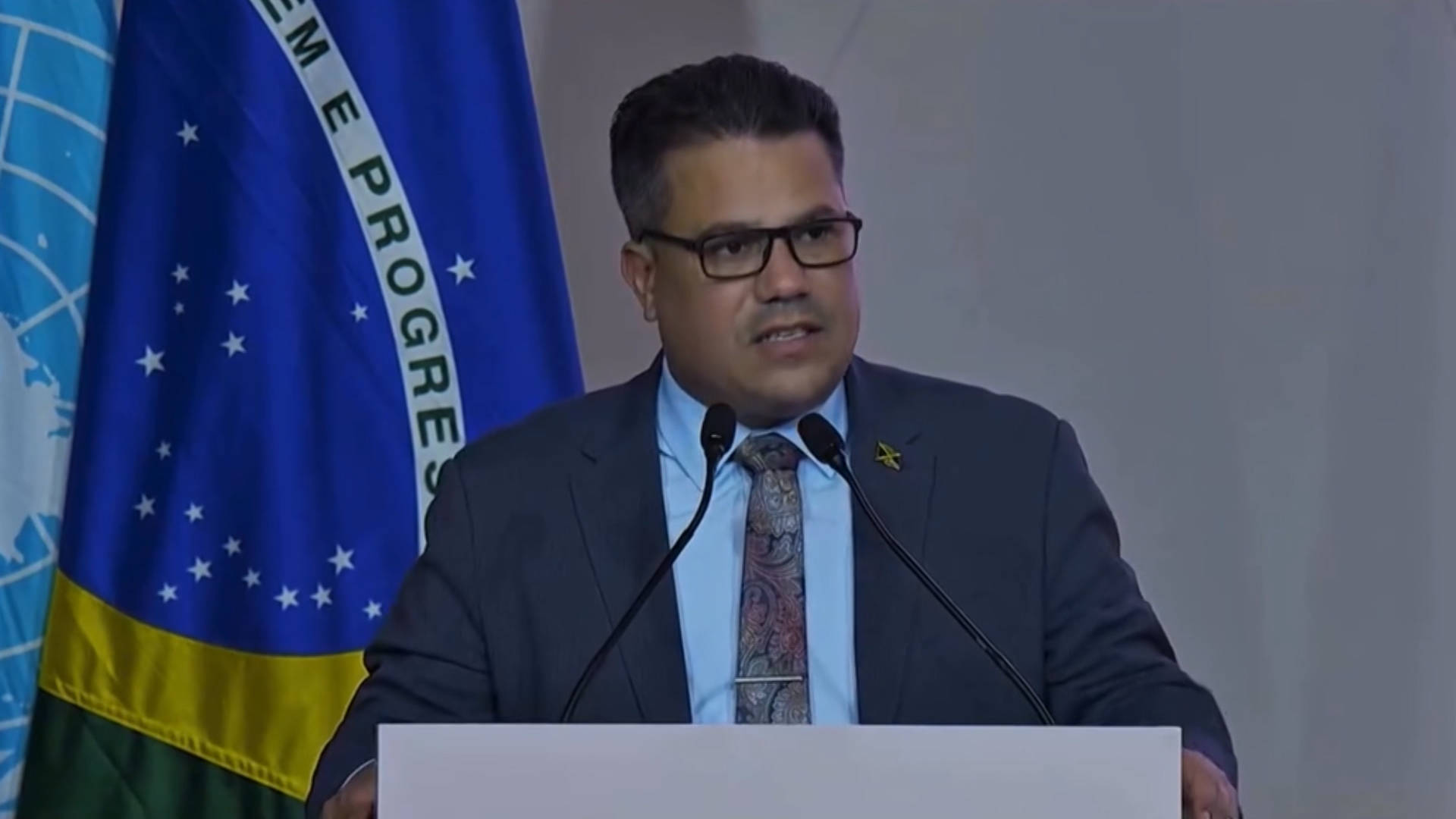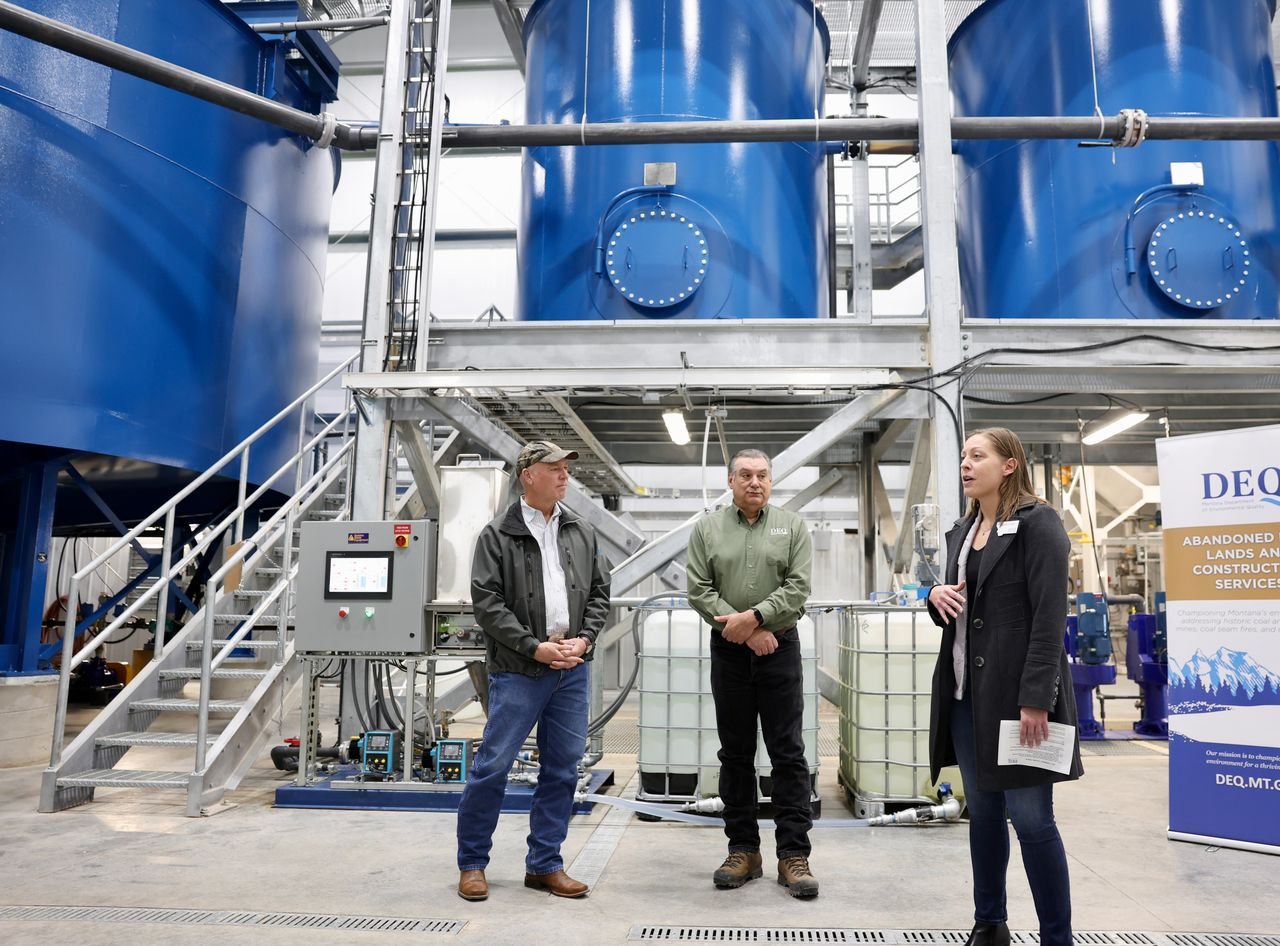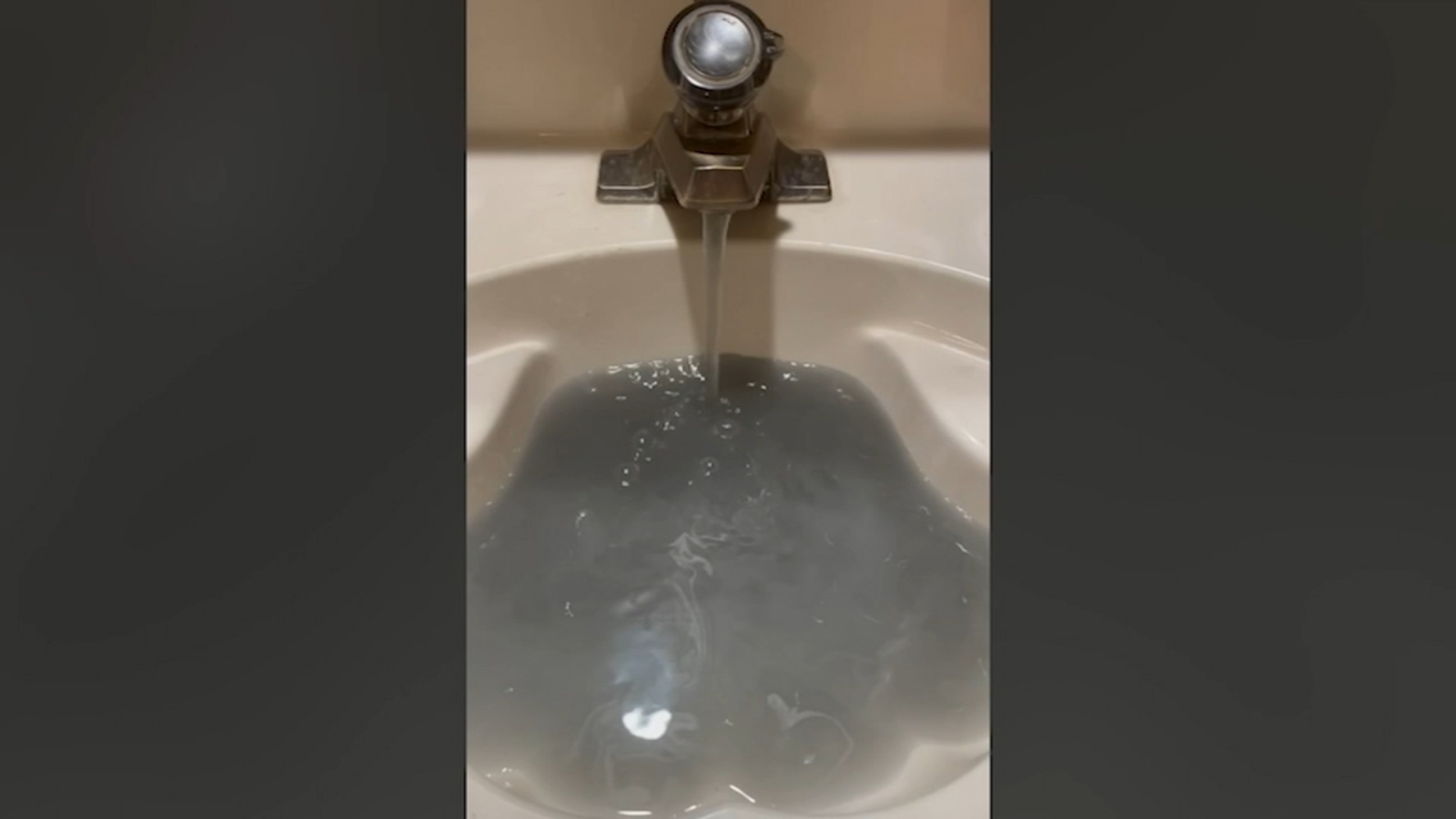Salt water contains $2.2 trillion worth of metals. Is desalination a jackpot for Texas or a toxic threat? – KRIS 6 News

Report on the Corpus Christi Desalination Project and Sustainable Development Goals
Introduction: Addressing Water Scarcity and Economic Opportunity
The city of Corpus Christi, Texas, is evaluating the Inner Harbor desalination project as a critical infrastructure initiative to combat regional drought. This project directly addresses Sustainable Development Goal 6 (Clean Water and Sanitation) by aiming to secure a reliable water supply. Concurrently, a significant opportunity has emerged concerning the project’s byproduct, brine, which aligns with several other SDGs related to economic growth, innovation, and responsible production.
Brine Valorization: A Nexus of Innovation, Economic Growth, and Responsible Production
The process of desalination produces a concentrated saline residue known as brine. This byproduct, often treated as waste, presents a substantial opportunity for sustainable development.
Economic and Industrial Implications (SDG 8, SDG 9, SDG 12)
- Economic Value: Globally, the 37 billion gallons of brine produced daily contain an estimated $2.2 trillion worth of minerals such as lithium, magnesium, copper, and zinc. Exploiting this resource supports SDG 8 (Decent Work and Economic Growth) by creating new revenue streams and industries.
- Industrial Innovation: The concept of “brine mining” represents a significant step towards SDG 9 (Industry, Innovation, and Infrastructure). Companies like Magrathea, in partnership with the U.S. Department of Defense, are developing technologies to extract these valuable materials, strengthening domestic manufacturing and national security.
- Responsible Consumption and Production: Treating brine as a resource instead of waste is a core principle of a circular economy, directly contributing to SDG 12 (Responsible Consumption and Production). This approach minimizes waste and maximizes the utility of natural resources.
Challenges to Sustainable and Equitable Implementation
Despite its potential benefits, the proposed desalination project faces significant environmental and social hurdles that challenge its alignment with key Sustainable Development Goals.
Environmental and Social Justice Concerns (SDG 10, SDG 11, SDG 14, SDG 16)
- Threats to Marine Ecosystems: Local activists and environmental groups have raised concerns that discharging brine into Corpus Christi Bay could harm marine life and increase salinity, directly conflicting with SDG 14 (Life Below Water).
- Reduced Inequalities and Community Impact: The proposed plant location in Hillcrest, a historically Black and Mexican neighborhood, raises critical issues of environmental justice. This plan potentially violates SDG 10 (Reduced Inequalities) and SDG 11 (Sustainable Cities and Communities) by placing an industrial burden on a marginalized community.
- Justice and Institutional Accountability: In response to these concerns, a civil rights complaint was filed against the City of Corpus Christi under Title VI of the Civil Rights Act of 1964. This legal action underscores the importance of SDG 16 (Peace, Justice, and Strong Institutions), demanding equitable and inclusive decision-making processes.
Conclusion: A Project at the Crossroads of Sustainability
The Inner Harbor desalination project in Corpus Christi is currently halted, pending reconsideration by the City Council. Its future hinges on the ability to reconcile the clear benefits related to SDG 6 (Clean Water), SDG 8 (Economic Growth), and SDG 9 (Innovation) with the profound challenges posed to SDG 10 (Reduced Inequalities), SDG 14 (Life Below Water), and SDG 16 (Justice). The project’s viability depends on developing a path forward that ensures both environmental protection and social equity, transforming a potential environmental risk into a sustainable and just economic opportunity.
Analysis of Sustainable Development Goals in the Article
1. Which SDGs are addressed or connected to the issues highlighted in the article?
-
SDG 6: Clean Water and Sanitation
- The article’s central theme is the Corpus Christi desalination project, which is proposed to “address the region’s drought.” This directly relates to ensuring the availability and sustainable management of water.
-
SDG 8: Decent Work and Economic Growth
- The proposal to sell desalination byproduct (brine) for mineral extraction is presented as a significant economic opportunity. The article mentions that the brine produced daily worldwide contains “roughly $2.2 trillion worth of materials,” highlighting the potential for economic growth and the creation of a new industry.
-
SDG 9: Industry, Innovation, and Infrastructure
- The article discusses developing new industrial processes, such as Magrathea’s technology for extracting magnesium from brine. This represents technological innovation and the development of new infrastructure (desalination and mineral extraction plants) to create valuable products and strengthen domestic manufacturing.
-
SDG 10: Reduced Inequalities
- The article highlights significant social equity concerns. The proposed plant would be located in Hillcrest, a “historically Black and Mexican neighborhood already burdened by industrial development.” Residents’ arguments that the plant would be “discriminatory and harmful,” culminating in a civil rights complaint, directly connect the project to issues of inequality and environmental justice.
-
SDG 12: Responsible Consumption and Production
- The concept of “brine mining” embodies the principles of a circular economy. Instead of treating the brine as waste to be discharged, the article explores turning it into a valuable resource by extracting minerals. This is a form of waste reduction and reuse, promoting sustainable production patterns.
-
SDG 14: Life Below Water
- There are explicit environmental concerns that “any brine discharged into Corpus Christi Bay could damage marine ecosystems, increase salinity levels, and harm the people within the plant’s proximity.” This directly addresses the goal of protecting marine and coastal ecosystems from pollution.
-
SDG 16: Peace, Justice, and Strong Institutions
- The article details a conflict between the city, residents, and environmental groups. The “13 hours of heated public testimony” and the filing of a “civil rights complaint to the U.S. Environmental Protection Agency (EPA)” demonstrate the public’s engagement in decision-making processes and their use of legal and institutional channels to address perceived injustices and ensure non-discriminatory practices.
2. What specific targets under those SDGs can be identified based on the article’s content?
-
Under SDG 6 (Clean Water and Sanitation):
- Target 6.4: “By 2030, substantially increase water-use efficiency across all sectors and ensure sustainable withdrawals and supply of freshwater to address water scarcity…” The desalination project is a direct attempt to ensure a supply of freshwater to combat drought and water scarcity in the Corpus Christi region.
-
Under SDG 9 (Industry, Innovation, and Infrastructure):
- Target 9.2: “Promote inclusive and sustainable industrialization…” The article discusses the development of a new industry (brine mining), but the controversy over its location in the Hillcrest neighborhood questions whether this industrialization would be inclusive and sustainable for all communities.
- Target 9.4: “…upgrade infrastructure and retrofit industries to make them sustainable, with increased resource-use efficiency and greater adoption of clean and environmentally sound technologies…” The idea of mining brine for minerals is an innovation aimed at increasing resource-use efficiency by creating value from a waste stream.
-
Under SDG 10 (Reduced Inequalities):
- Target 10.3: “Ensure equal opportunity and reduce inequalities of outcome, including by eliminating discriminatory laws, policies and practices…” The filing of a civil rights complaint under Title VI of the Civil Rights Act of 1964 directly invokes this target, as residents allege the city’s plan is discriminatory.
-
Under SDG 12 (Responsible Consumption and Production):
- Target 12.5: “By 2030, substantially reduce waste generation through prevention, reduction, recycling and reuse.” Treating brine as a source of valuable minerals rather than a waste product to be discharged is a clear example of reuse and waste reduction.
-
Under SDG 14 (Life Below Water):
- Target 14.1: “By 2025, prevent and significantly reduce marine pollution of all kinds, in particular from land-based activities…” The concerns raised by activists that brine discharge could “damage marine ecosystems” and “increase salinity levels” in Corpus Christi Bay directly relate to preventing marine pollution from a land-based industrial plant.
-
Under SDG 16 (Peace, Justice, and Strong Institutions):
- Target 16.7: “Ensure responsive, inclusive, participatory and representative decision-making at all levels.” The article mentions “13 hours of heated public testimony” which led the City Council to halt the project, demonstrating a form of participatory decision-making. However, the civil rights complaint suggests that residents feel the process has not been fully inclusive or responsive to their concerns.
3. Are there any indicators mentioned or implied in the article that can be used to measure progress towards the identified targets?
-
Quantitative Indicators:
- Volume of brine produced: The article states that worldwide, desal plants produce “more than 37 billion gallons of brine daily.” This figure can be used as an indicator of the potential scale of resource recovery (relevant to SDG 9 and 12).
- Economic value of minerals: The estimated “$2.2 trillion worth of materials” in global brine production is a direct indicator of the economic potential and can be used to measure progress in creating value from waste (relevant to SDG 8 and 12).
- Investment in technology: The “$28 million public-private partnership” for Magrathea’s technology is an indicator of investment in innovative and sustainable industrial processes (relevant to SDG 9).
-
Qualitative and Implied Indicators:
- Water salinity levels: The concern about increased “salinity levels” in Corpus Christi Bay is an implied, measurable environmental indicator for tracking marine pollution and ecosystem health (relevant to SDG 14).
- Number and status of legal complaints: The filing of a “civil rights complaint” with the EPA, HUD, and DOJ serves as a qualitative indicator of social conflict and the use of legal frameworks to address perceived inequalities and ensure just decision-making (relevant to SDG 10 and 16).
- Level of public participation: The mention of “13 hours of heated public testimony” is an indicator of public engagement in local governance and infrastructure projects (relevant to SDG 16).
- Distribution of industrial facilities: The fact that the plant is proposed for a “historically Black and Mexican neighborhood already burdened by industrial development” implies that the spatial distribution of environmental burdens across different demographic groups can be used as an indicator of environmental justice and inequality (relevant to SDG 10).
4. Table of SDGs, Targets, and Indicators
| SDGs | Targets | Indicators Identified in the Article |
|---|---|---|
| SDG 6: Clean Water and Sanitation | 6.4: Ensure sustainable withdrawals and supply of freshwater to address water scarcity. | Implied: The need to address “the region’s drought” as the primary driver for the desalination project. |
| SDG 8: Decent Work and Economic Growth | 8.2: Achieve higher levels of economic productivity through diversification, technological upgrading and innovation. | Explicit: The potential economic value of minerals in brine, estimated at “$2.2 trillion worth of materials” globally. |
| SDG 9: Industry, Innovation, and Infrastructure | 9.4: Upgrade infrastructure and retrofit industries to make them sustainable, with increased resource-use efficiency. | Explicit: The “$28 million public-private partnership” to fund new brine mining technology. |
| SDG 10: Reduced Inequalities | 10.3: Ensure equal opportunity and reduce inequalities of outcome, including by eliminating discriminatory policies and practices. | Explicit: The filing of a “civil rights complaint” alleging violations of Title VI of the Civil Rights Act. Implied: The disproportionate burden of industrial development on a “historically Black and Mexican neighborhood.” |
| SDG 12: Responsible Consumption and Production | 12.5: Substantially reduce waste generation through prevention, reduction, recycling and reuse. | Explicit: The volume of brine (“37 billion gallons of brine daily”) that could be reused as a resource instead of being treated as waste. |
| SDG 14: Life Below Water | 14.1: Prevent and significantly reduce marine pollution of all kinds, in particular from land-based activities. | Implied: The potential for “increased salinity levels” in Corpus Christi Bay as a measurable indicator of marine pollution. |
| SDG 16: Peace, Justice, and Strong Institutions | 16.7: Ensure responsive, inclusive, participatory and representative decision-making at all levels. | Explicit: The “13 hours of heated public testimony” as an indicator of public participation in the decision-making process. |
Source: kristv.com
What is Your Reaction?
 Like
0
Like
0
 Dislike
0
Dislike
0
 Love
0
Love
0
 Funny
0
Funny
0
 Angry
0
Angry
0
 Sad
0
Sad
0
 Wow
0
Wow
0





